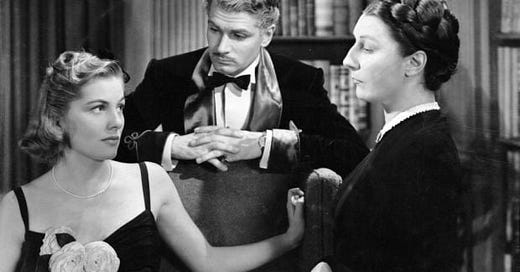Last night I dreamt of Daphne du Maurier
Let's read more of her thrilling books (not just watch the movies)
With Sylvia Plath’s birthday coming up on October 27, I was going to share something about her in this week’s edition. Had she lived, she would be turning 92! (That is, had she reached this ripe old age.) Instead, we have that indelible image of her, frozen in youth.
But all my content about this talented poet is so depressing! What’s not depressing abou…
Keep reading with a 7-day free trial
Subscribe to Literary Ladies Guide to keep reading this post and get 7 days of free access to the full post archives.



